ACIP recommended exclusive use of inactivated poliovirus vaccine (IPV) for infants and children
On Jun. 17, 1999, the U.S. Centers for Disease Control and Prevention’s (CDC) Immunization Practices Advisory Committee (ACIP)…
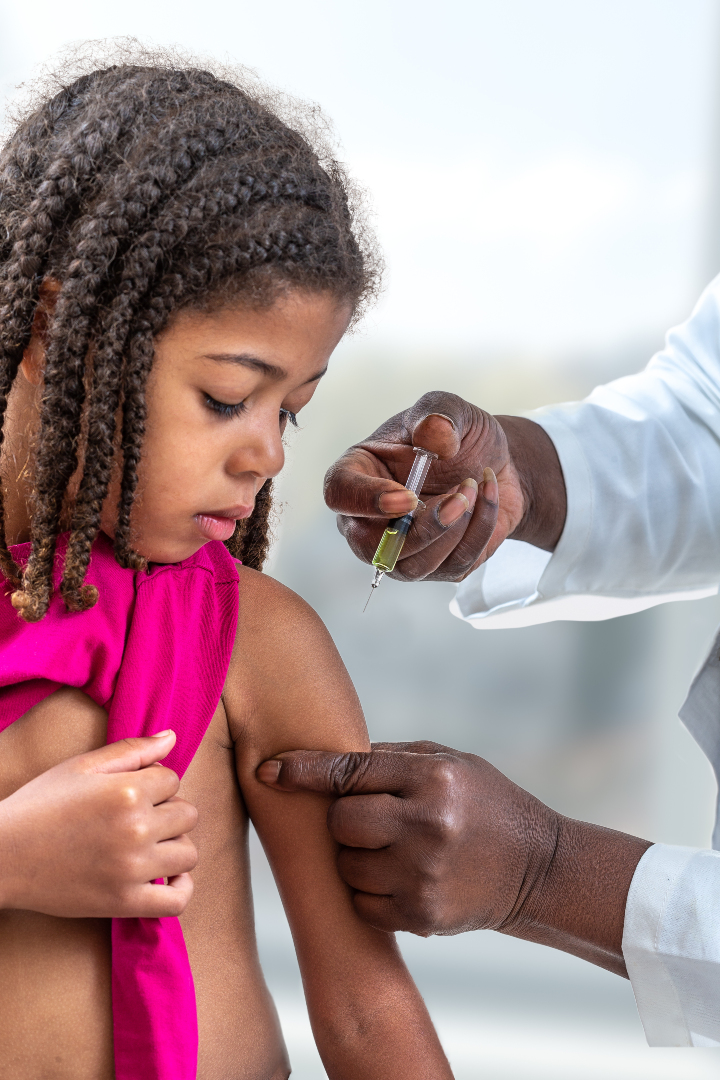
On Jun. 17, 1999, the U.S. Centers for Disease Control and Prevention’s (CDC) Immunization Practices Advisory Committee (ACIP)…
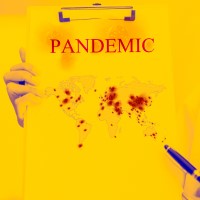
In April 1999, a pandemic planning framework was published by the World Health Organization (WHO) that emphasized the…
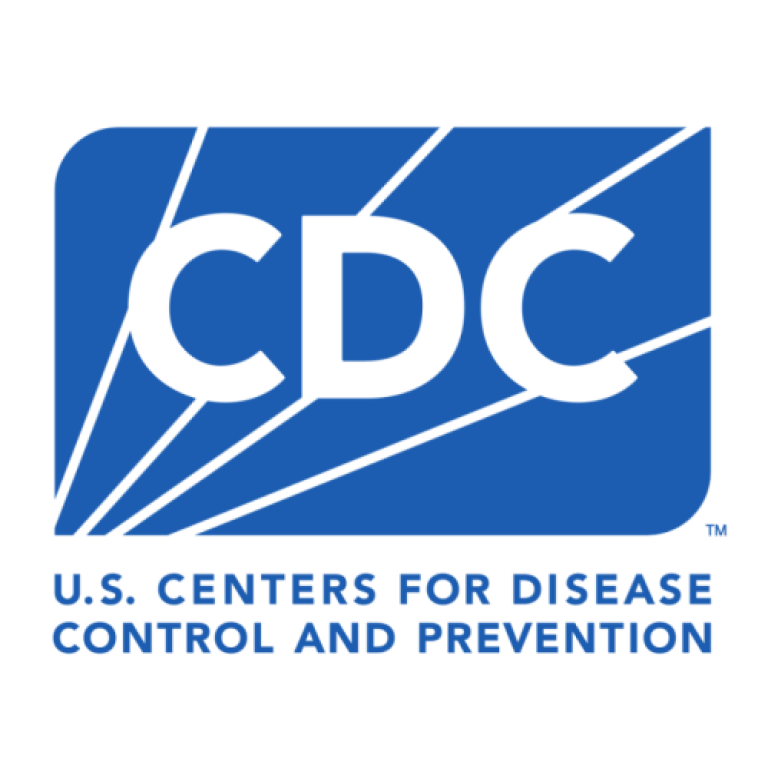
In 1997, the Immunization Practices Advisory Committee (ACIP) recommended adoption of a sequential series of two doses of…
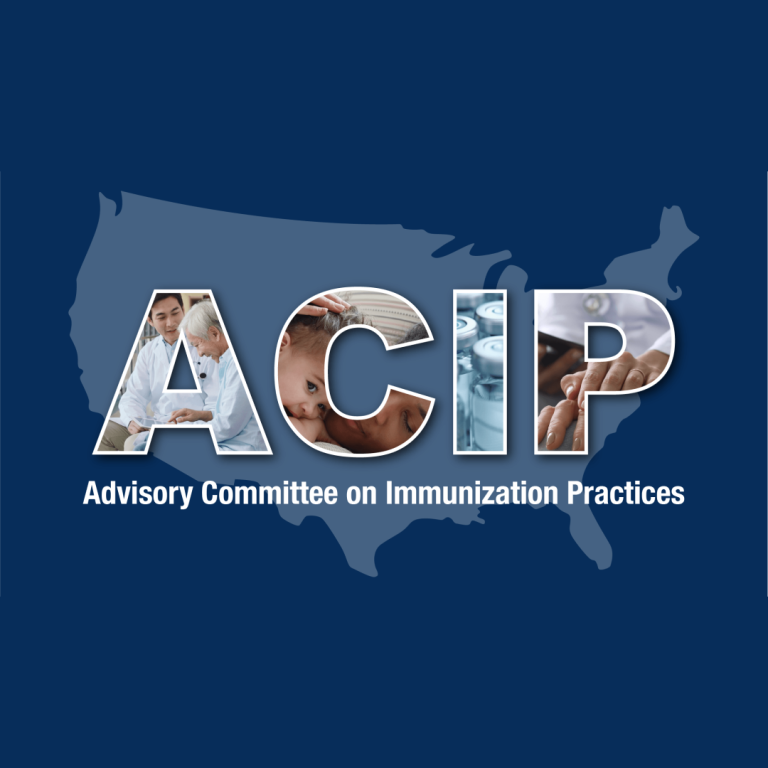
In 1995, the Immunization Practices Advisory Committee (ACIP), American Academy of Pediatrics, and the American Association of Family…

On Sept. 29, 1994, based on recommendations of the national certification committees and after review of surveillance and…

On Aug. 20, 1994, the entire Western Hemisphere was certified as “polio-free” by the International Commission for the…
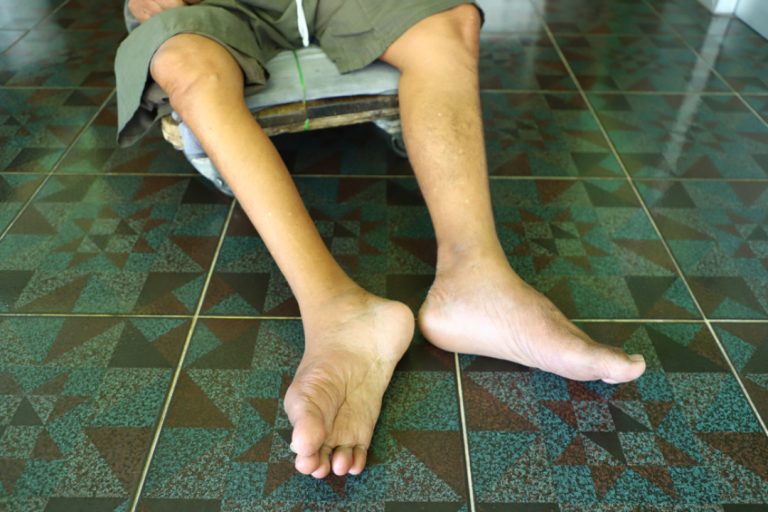
In 1991, the last case of indigenous polio in the Western Hemisphere occurred in a 5-year-old boy, Luis…

In 1990, the Global Polio Laboratory Network (GPLN) was formally established by the World Health Organization (WHO), national…
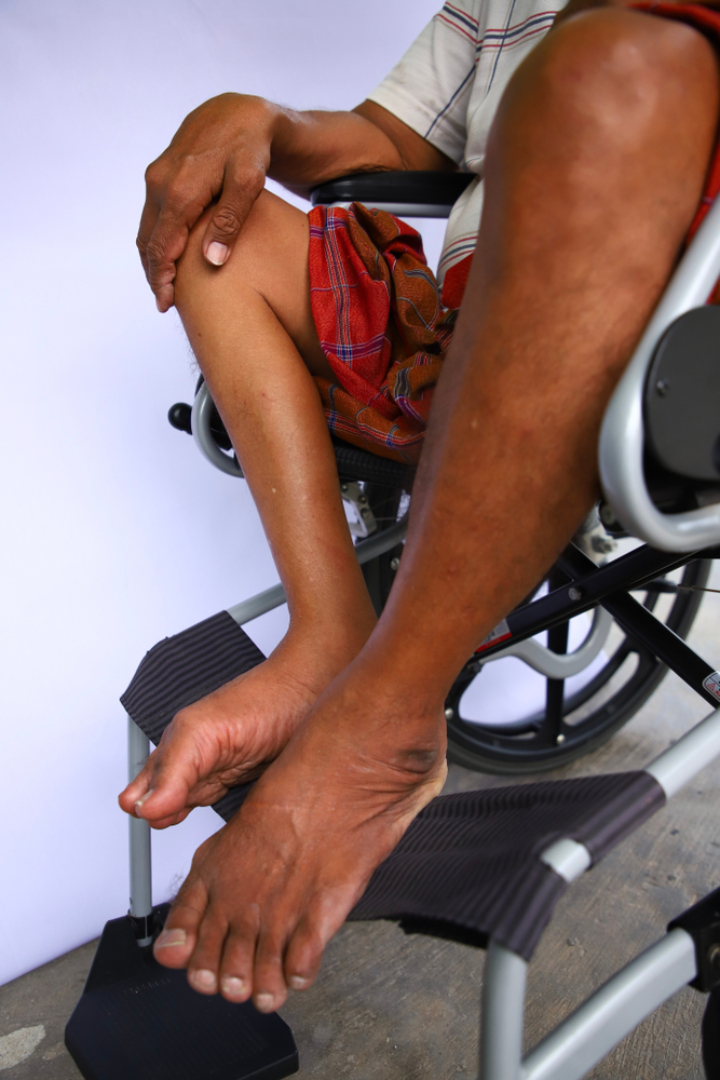
On Mar. 11, 1988, the World Health Assembly (the ministers of health of all member states of the…
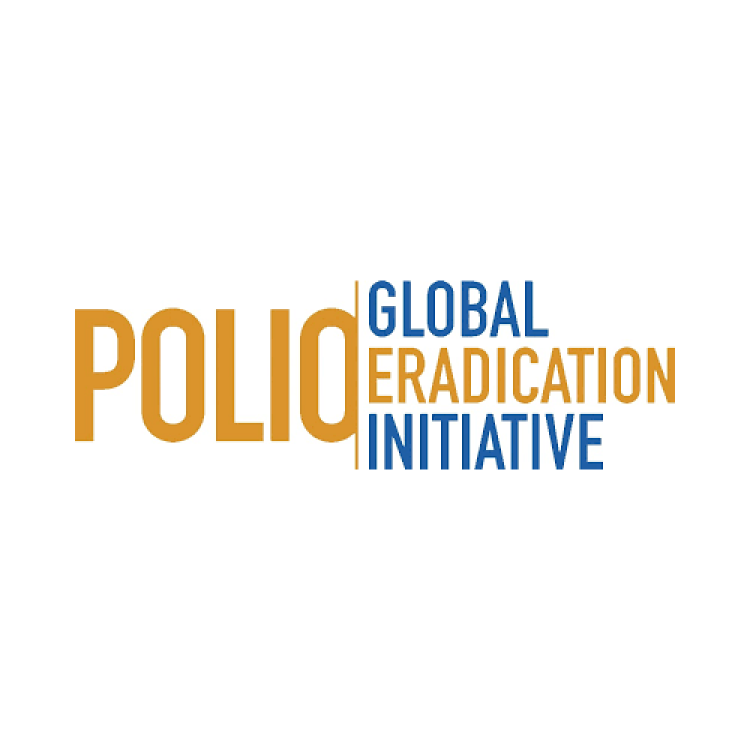
In 1988, the World Health Assembly adopted a resolution for the worldwide eradication of polio, marking the launch…
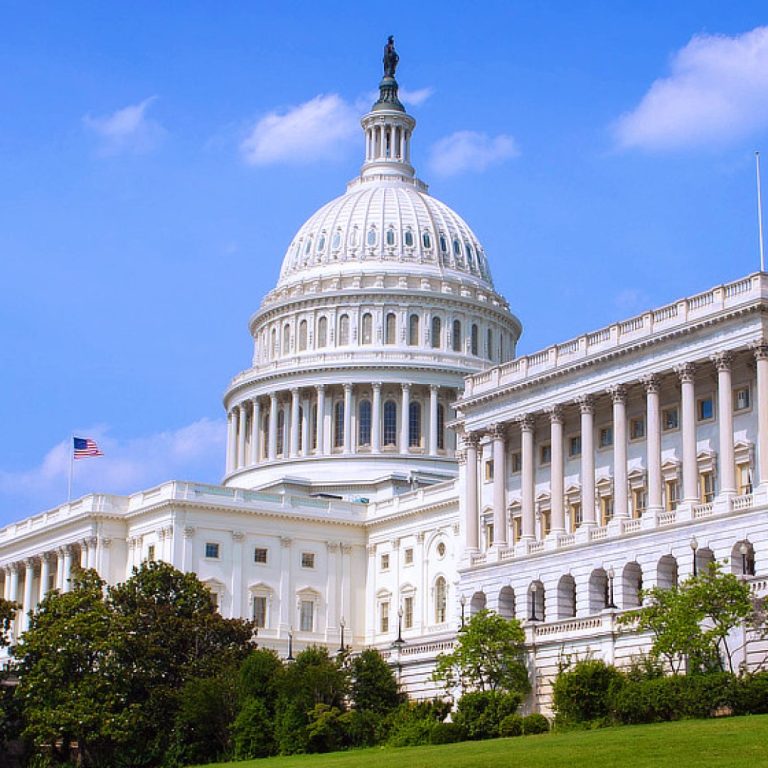
In 1986, the National Childhood Vaccine Injury Act was enacted by Congress. The Department of Health and Human…

In 1986, The National Childhood Vaccine Injury Act (PDF – 312 KB), as amended, created the National Vaccine Injury…

In 1985, Rotary International established its PolioPlus program, which held two fundraising events. Rotary has contributed over $500…

On Jul. 27, 1979, the last cases of wild type 1 poliovirus occurred in the U.S. among unvaccinated…

In 1979, the last wild case of polio was recorded in the U.S. However, in 1993, the virus…
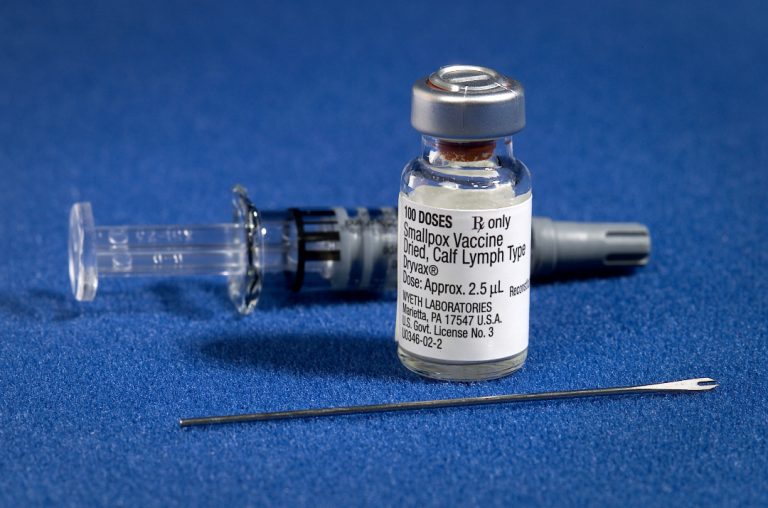
On Oct. 30, 1977, Ali Maow Maalin, a hospital cook in Merca, Somalia, was diagnosed with smallpox by…

In 1977, Joseph A. Califano, Jr., Secretary of the Dept of Health, Education, and Welfare (later Health and…

In 1975, The World Health Assembly passed a resolution to create the Expanded Programme on Immunization (EPI) to…
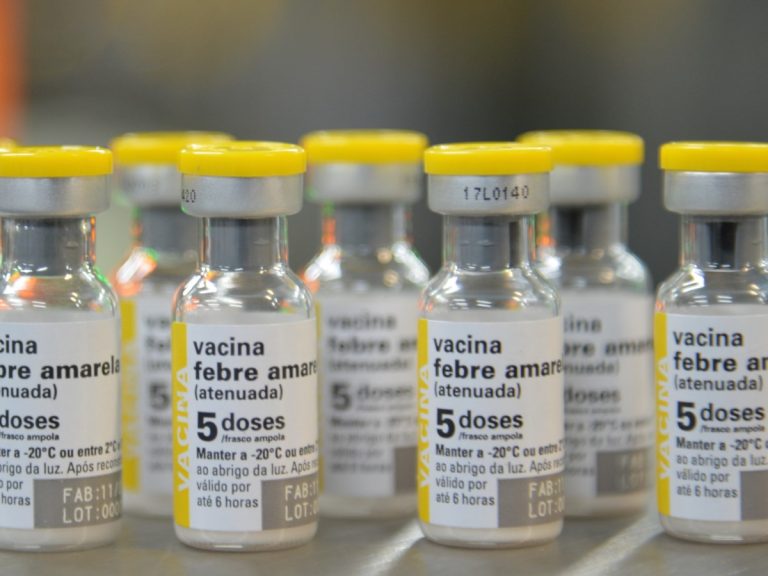
In 1974, the Expanded Programme on Immunization was created within World Health Organization (WHO) in response to poor…
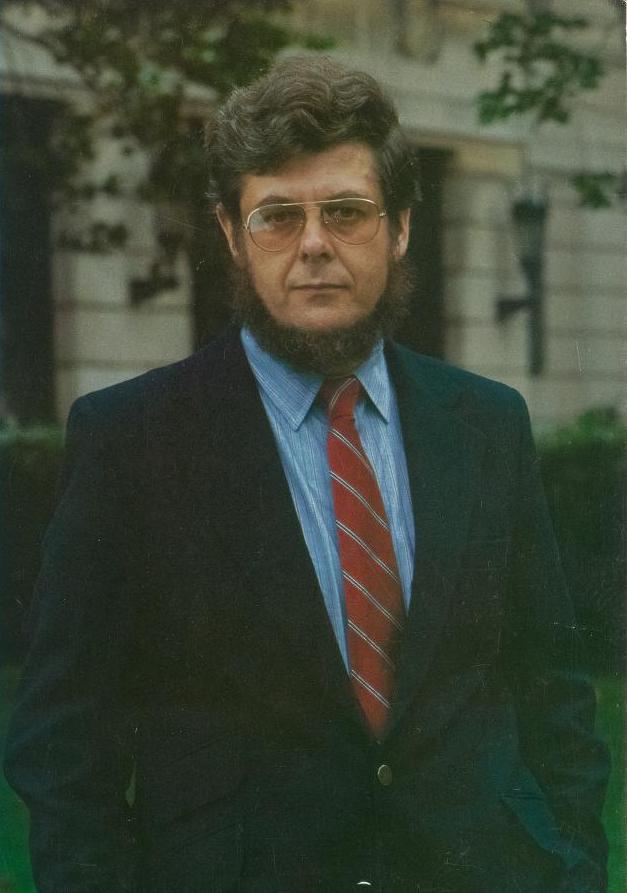
In 1973, the publication “Biohazards in Biological Research,” was edited by S. Hellman, M. Oxman, and R. Pollack. …
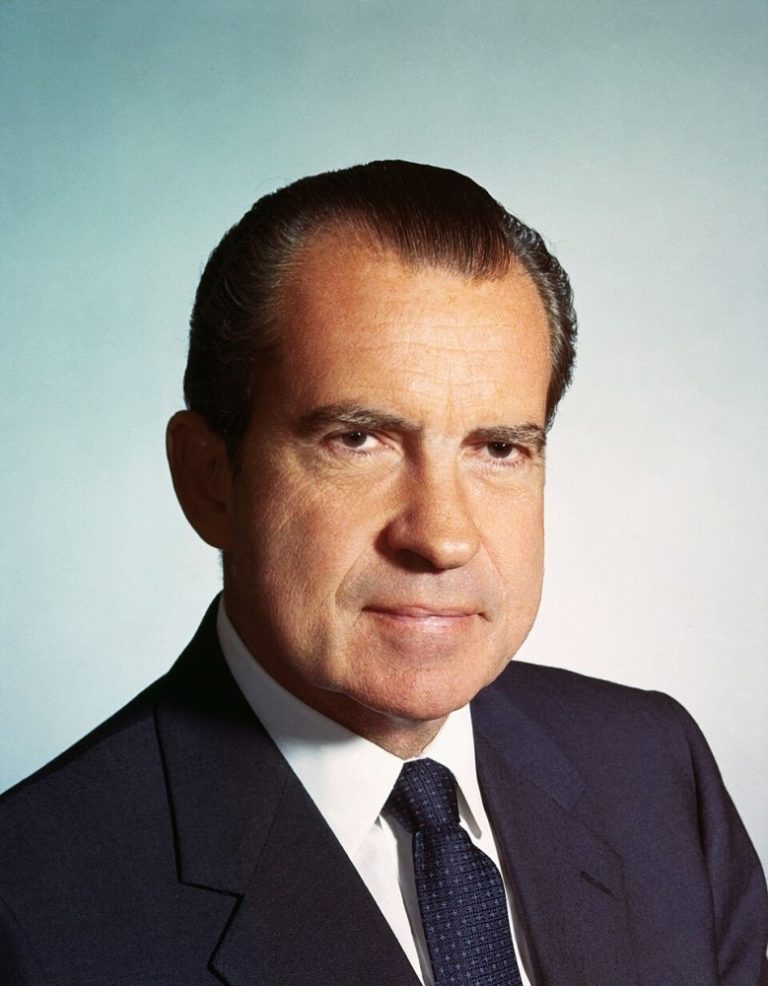
On Nov. 25, 1969, President Richard Nixon issued his “Statement on Chemical and Biological Defense Policies and Programs”…

On Jun. 12, 1966, the Serum Institute of India was founded in 1966 by Dr. Cyrus Poonawalla with…
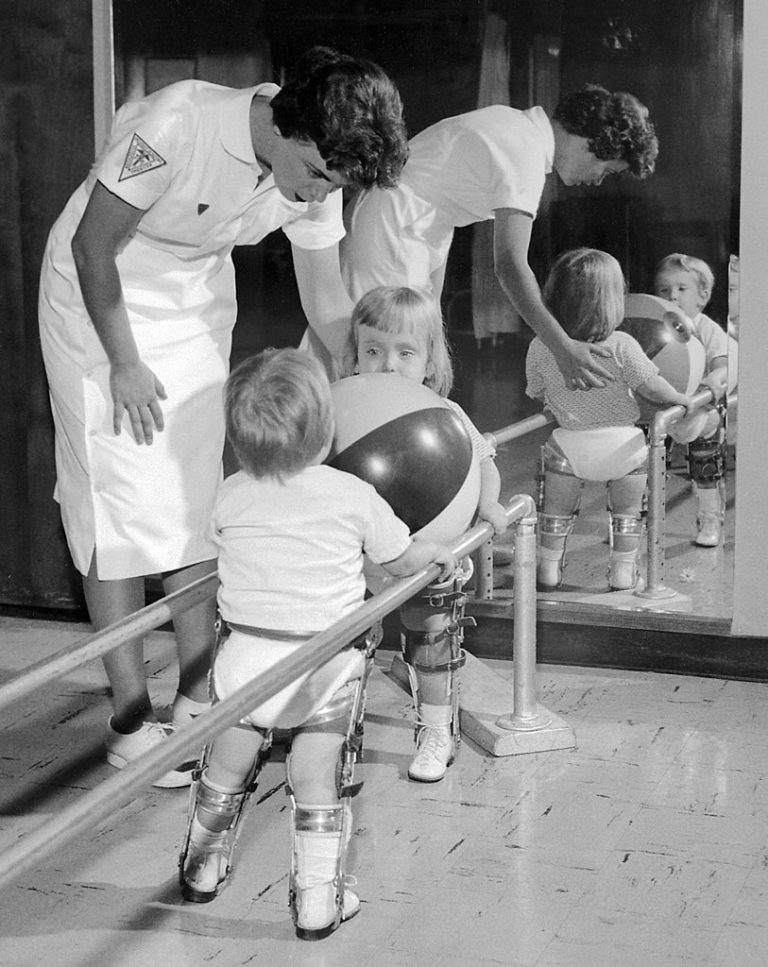
On Jun. 25, 1963, the Trivalent oral polio vaccine was licensed. The vaccine development began in 1957 by…

In 1963, the U.S. Congress established the Immunization Grant Program; polio incidence plummeted to only 396 reported cases…
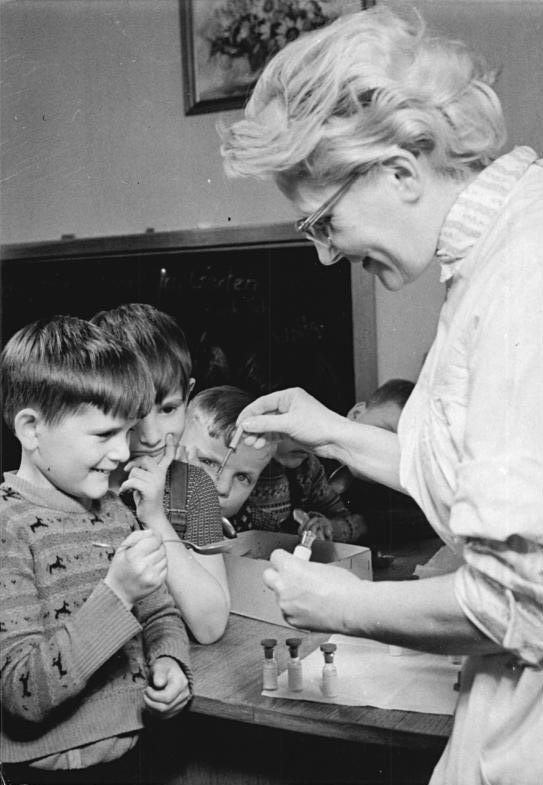
On Mar. 27, 1962, the Sabin oral polio vaccine (OPV) type 3 MOPV was licensed in the U.S.,…
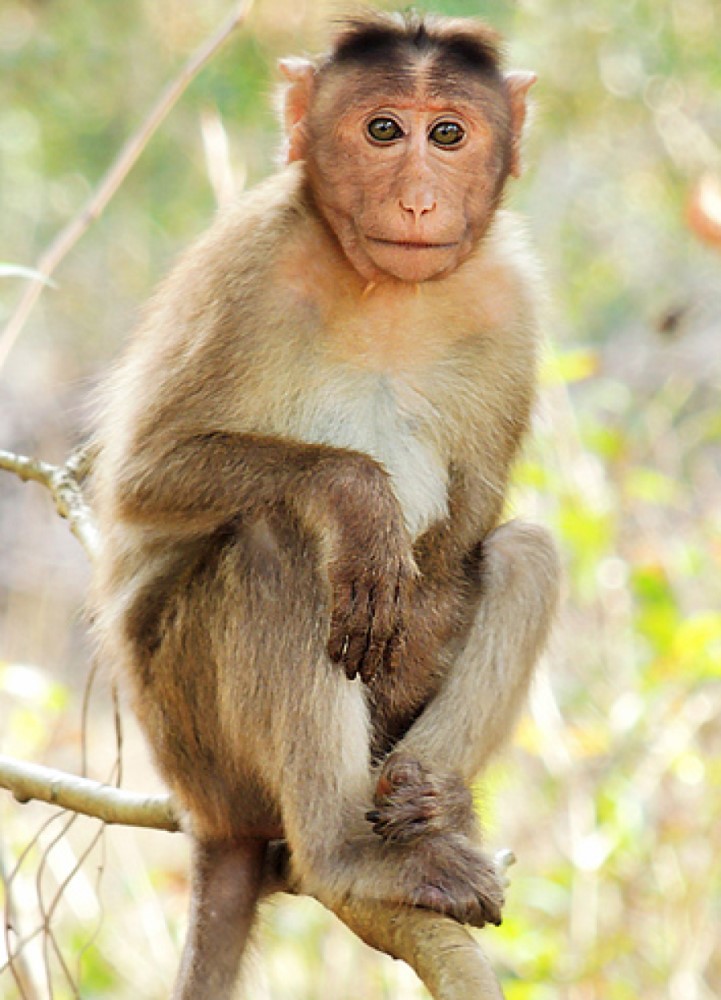
In 1962, oral polio vaccine types 1 and 2, developed by Dr. Albert Sabin and grown in monkey…
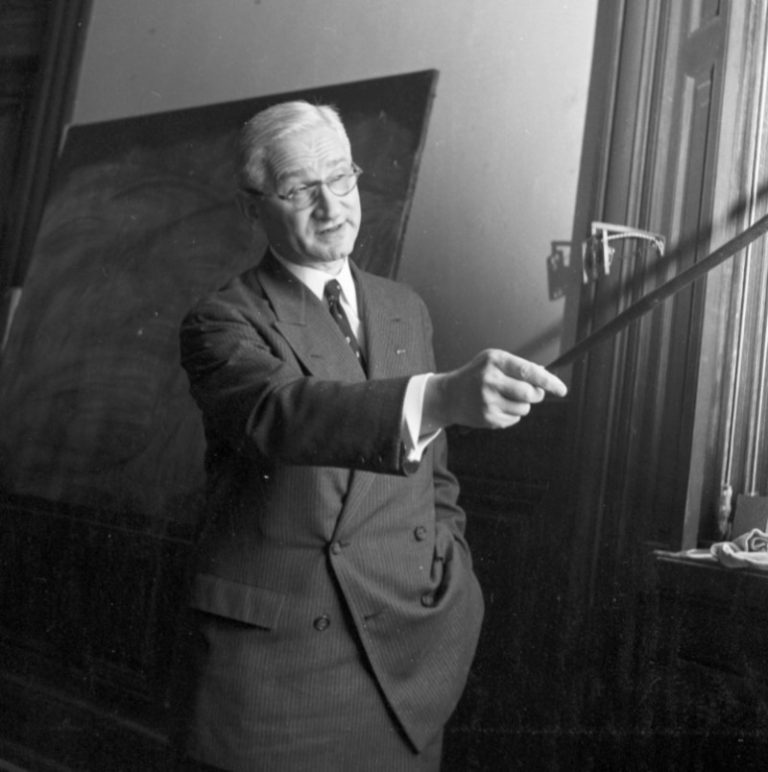
In 1961, oral polio vaccine, developed by Dr. Albert Sabin, was licensed for use in the U.S. In…
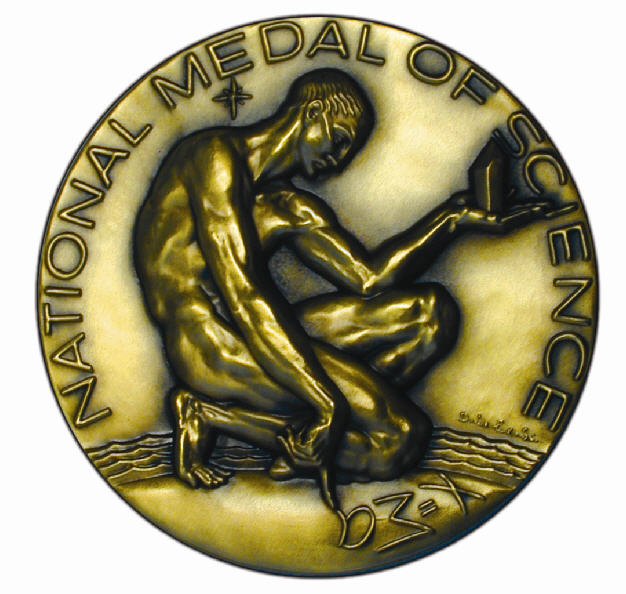
On Aug. 25, 1959, the National Medal of Science was established by the 86th U.S. Congress as a…
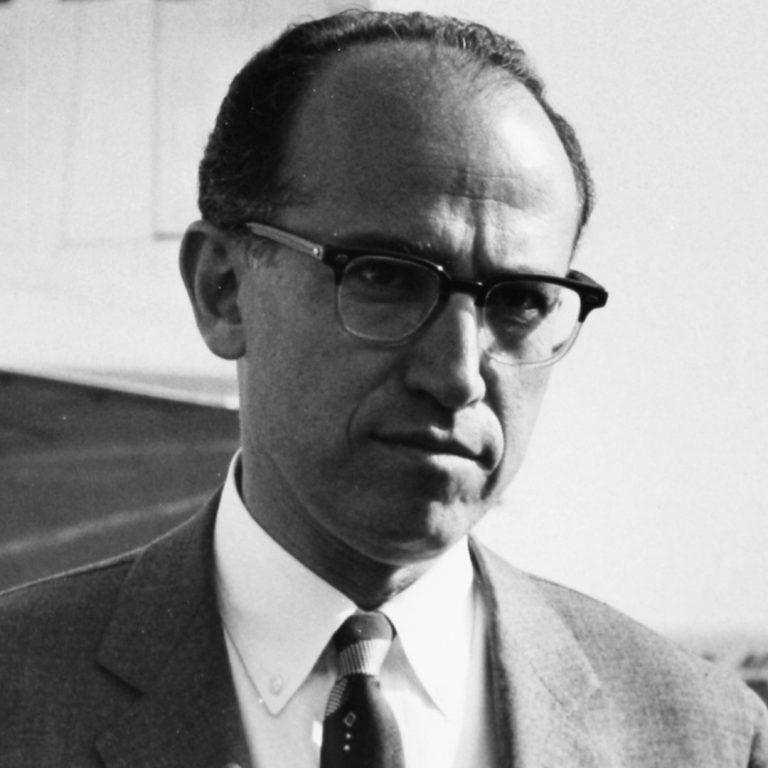
In 1959, the Salk Institute was initially envisioned by Jonas Salk, M.D., the developer of the polio vaccine,…
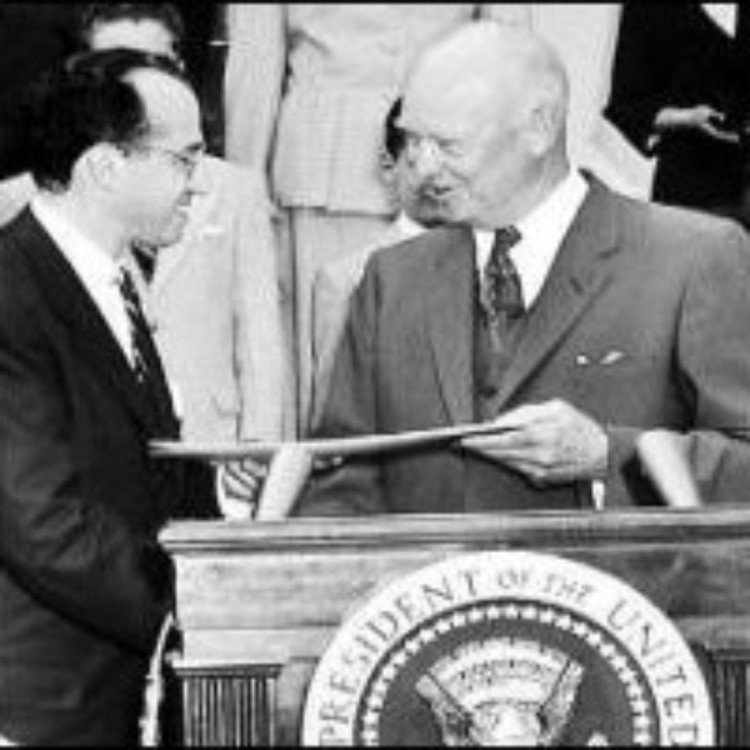
On Jan. 27, 1956, Dr. Jonas Salk, developer of the Polio vaccine released in 1955, received a special…